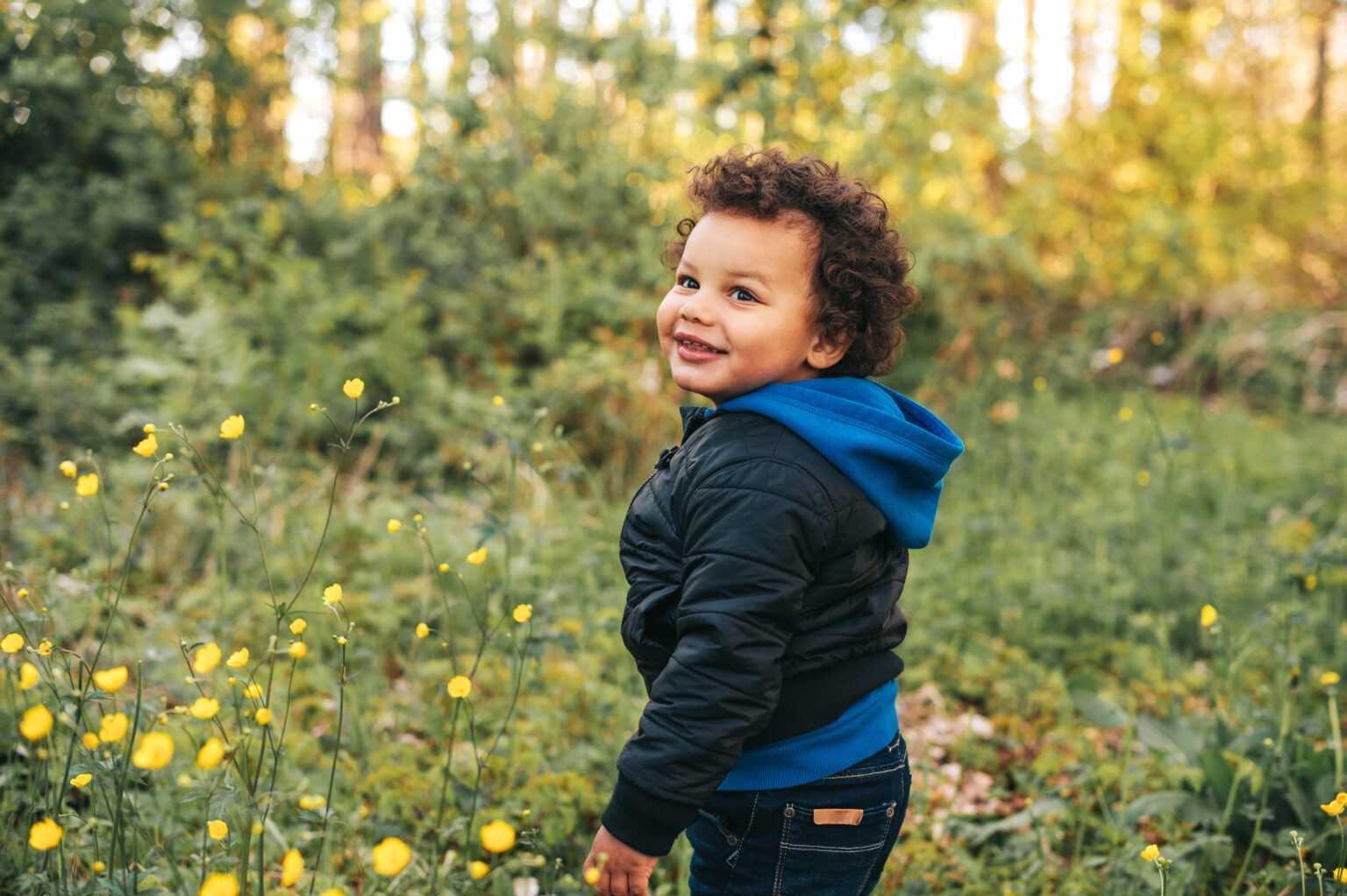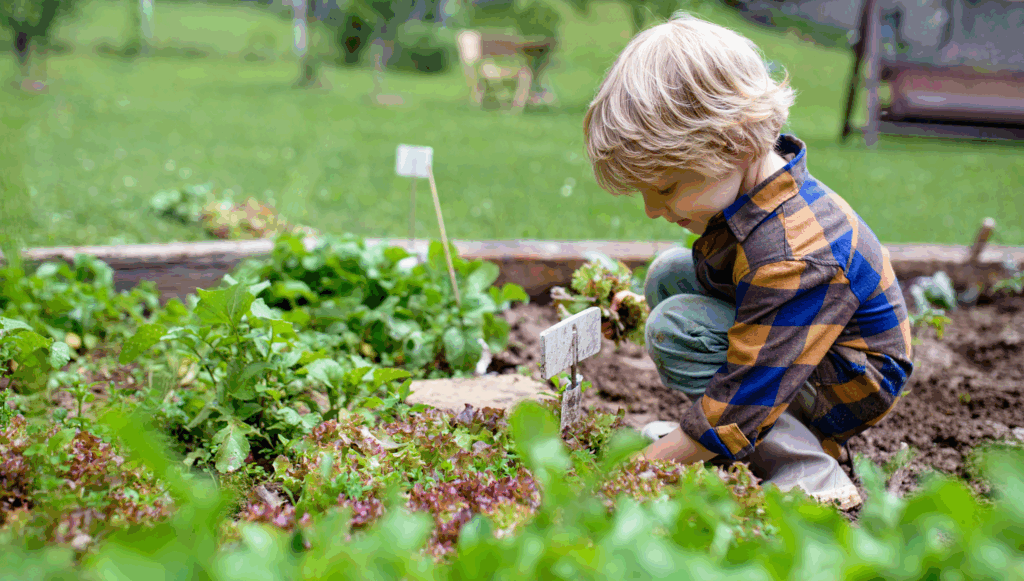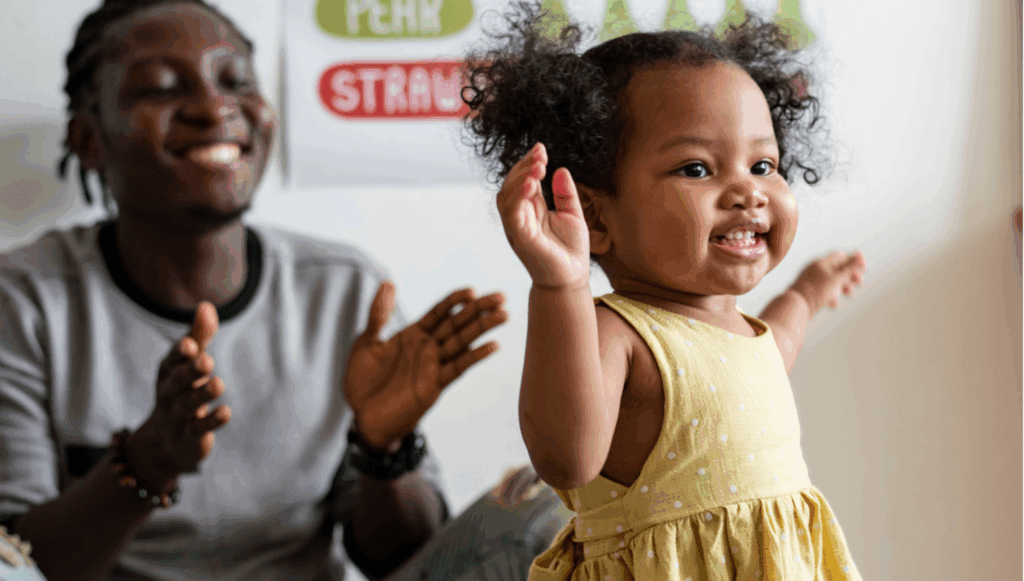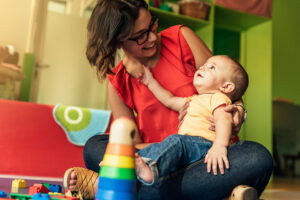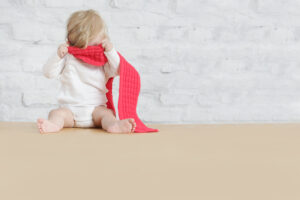Jump to...
It’s hard to miss the news headlines about the impact of climate change on our planet. We’re all aware of our shared responsibility for the planet and the life that exists on it, and our need to look carefully at the decisions we make to live more sustainability. But it’s also important to consider what our youngest children are seeing and hearing, how they might feel as a result, and how we can give them the skills and knowledge they’ll need for the future.
How can we support their learning and development about sustainability and be good role models at our baby and toddler groups?
Sustainable activities
Consider the activities that you provide for your children and families – are there opportunities to reuse and recycle resources you already have? Cardboard boxes from deliveries can be turned into anything from spaceships to racing cars, and what about activities around sorting to introduce the idea of recycling rubbish?
Useful resource: How to get children involved in recycling (CBeebies)
Conserving energy and resources
If you offer a snack during your group, is there a way of reducing any food waste? What happens if food is left over at the end of the session – is there a way of sharing this with families or storing it safely until next time?
In your group venue, are there reminders to turn off taps and lights when not in use? Do families know where and how to dispose of nappies safely? Do you consistently model this during sessions.
Books and stories
These are a great way to introduce children to new ideas and that there are places, cultures and values different to their own. Developing this understanding helps to build empathy and the ability to see the world from other perspectives.
Session routines
Key to sustainability is understanding the needs of others, and ensuring social justice and equity of access for all. Are there elements of your layout or session routines that make it more difficult for some children and families to join in with your group? How could you role model to families the benefits of making adaptations to meet the needs of others?
Taking responsibility and caring for our surroundings
Role modelling how we can all be involved in taking care of the world around us can start with helping out at tidy up time and picking up any rubbish we’ve made. Do you encourage children and families to get involved and share the responsibility?
Exploring the natural world
If it’s possible, run sessions outdoors where children and families can engage with nature by playing in nature. Learning to love the natural world and noticing how it changes are the first steps on the ladder of understanding how precious it is to our wellbeing.
Young children explore and take in information through their senses, so why not go on a sensory walk together listening to the birds, seeing the colours of the leaves, smelling the air after a rainstorm (and calling the smell by its scientific name, petrichor), or touching the bark on a tree.
Nature also provides us with a host of free resources, from pinecones to sticks and mud, so even if you don’t have access to outside space, can you bring nature in? Could you have a planting activity or perhaps make bird feeders that families could take home, fostering an understanding of biodiversity?
Useful resources:
Building community connections
Educating children and families at your group has far-reaching effects, as everything they learn can alter what happens at home and in the community. Perhaps they’ll visit local green spaces, look for low/no cost recycled resources, or take part in community events fostering a love of the world round them!
Clothing bank and toy/book exchanges
Is there space in your group to run an exchange for items such as toys, books or clothes? Or, if not, is there a local organisation that you can connect with?
Useful resources:
Young children are naturally curious about the world around them; we can harness this to help form good habits that last a lifetime, building future pioneers to protect our planet. Some of the concepts around sustainability might seem too complex or abstract for children, but, through tangible activities and other hooks, we can give them the opportunity to learn about how they connect to the world around them.
We can also encourage them to find their voice by giving them agency to make choices and solve problems. And, in doing so, we’re supporting them to develop the key skills needed to address future sustainability and climate issues.

